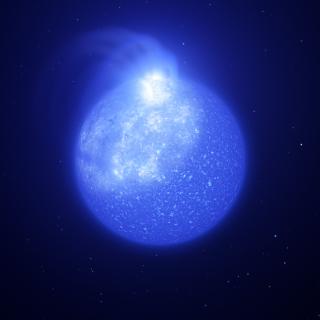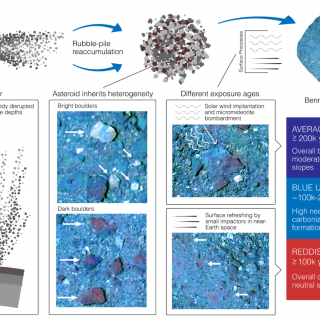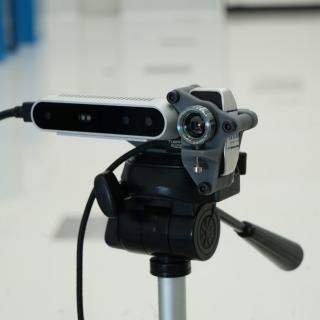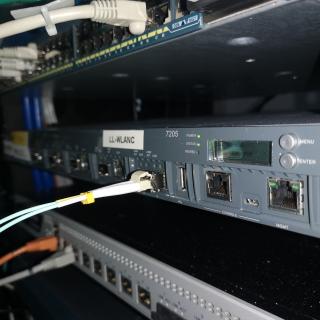
For more than six decades, the quest to understand the formation of hot (about 20,000−30,000 K) extreme horizontal branch (EHB) stars in Galactic globular clusters has remained one of the most elusive in stellar evolutionary theory. Here we report on two discoveries that challenge the idea of the stable luminosity of EHB stars. The first mode of EHB variability is periodic and cannot be ascribed to either binary evolution or pulsation. Instead, we attribute it here to the presence of magnetic spots: superficial chemical inhomogeneities whose projected rotation induces the variability. The
Advertised on




